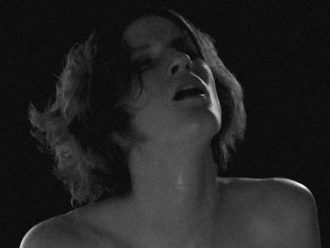“At first glance, nostalgia is longing for a place, but actually it is yearning for a different time – the time of our childhood, the slower rhythms of our dreams. In a broader sense, nostalgia is a rebellion against the modern idea of time, the time of history and progress.” Svetlana Boym [1]
Ēriks Apaļais’ constantly reflects on the invisibilities and mutations of the present within the medium of painting. In times of a “demonized” or fetishized past[2], Apaļais evokes objects and symbols whose silhouettes are anchored in collective memory. The artist excavates natural and cultural signs (for instance numbers, letters, leaves, branches, animals, feathers or traces), deconstructs their shape and, finally, lets their estranged siblings float through a seemingly endless virtual space. His artistic research is engaged in affirming and subverting mythologies – those of the Soviet past, of childhood tales as well as autobiographical narration. In his recent solo exhibition comprising ten paintings, one self-written essay and one photograph, visitors could experience a highly meditative atmosphere in which they feel invited to “revisit time like space”[3] through seeing and reading his achromatic colored works.
Though strikingly analytic, some of Apaļais’ chosen signs connect to an introverted, nostalgic realm, which is utterly detached from the world. Yet, these rather childish and naïve signs are thrown into natural sceneries like snowy and cosmic landscapes, joined by alphabetic graphemes and mathematic objects. Thus each painting visualizes a specific constellation of things: Representations of the symbolic capital like a piano, a mirror or a book mingle with vital, innocent phenomena like acorns, sticky branches, snowflakes and dust. Topographic sites such as ponds, lakes and frozen rivers coincide with elements of cultural knowledge and décor. According to the Professor of Literatures Svetlana Boym, the nostalgic desire encompasses to obliterate official history and to turn it into a private or collective mythology. Seen from this angle, Boyms’ complex notion of “reflective nostalgia” which bridges the gap between individual and collective narratives, and can be described as critical and humorous at the same time, seems to be prevalent in Apaļais’ thinking and practice.
In Apaļais’ smaller and distinct sized “Book Painting” series, one book is continuously depicted in different varieties through rough and minimal brushstrokes. In one instance, it is apparently abandoned and tattered (“Words”, 2012) whilst in the neighboring painting it gracefully flies through the image-space (“V”, 2012). The thick, grey colored and multilayered backgrounds with no horizon happen to carry each book like a medium from another time sphere. Alongside his exhibition, Apaļais published an essay entitled “Desire for Word in Autobiography” (2012) where the act of painting is theorized as a process of writing visual poems on an empty chalkboard. Here, the painter unravels his conceptual interest in the “degree zero”: it is in this second that history is absorbed into the wide image-space and brings forth an achronic and ambiguous semantics that manages to fight ideology and identification.
The single piece “Words” (2012) in the last room is an opaque, colored photograph of a book recessed in the frozen river Daugava. Single branches leave the impression of a carefully calculated and staged situation – a frozen momentum reflecting the presence of the absence.
[1] Svetlana Boym, The Future of Nostalgia, New York, 2001, pp. XV
[2] “We understand that our generation’s mission is to revise this strategically demonized past.” Agnė Bagdžiūnaitė interviewed by Sydney Hart, Fuse Magazine, 2012. See: http://www.readperiodicals.com/201210/2796275851.html
[3] Svetlana Boym, The Future of Nostalgia, New York, 2001, pp. XV
The exhibition took place at kim? Contemporary Art Centre, Riga from January 25 to March 3. For more information see: kim.lv
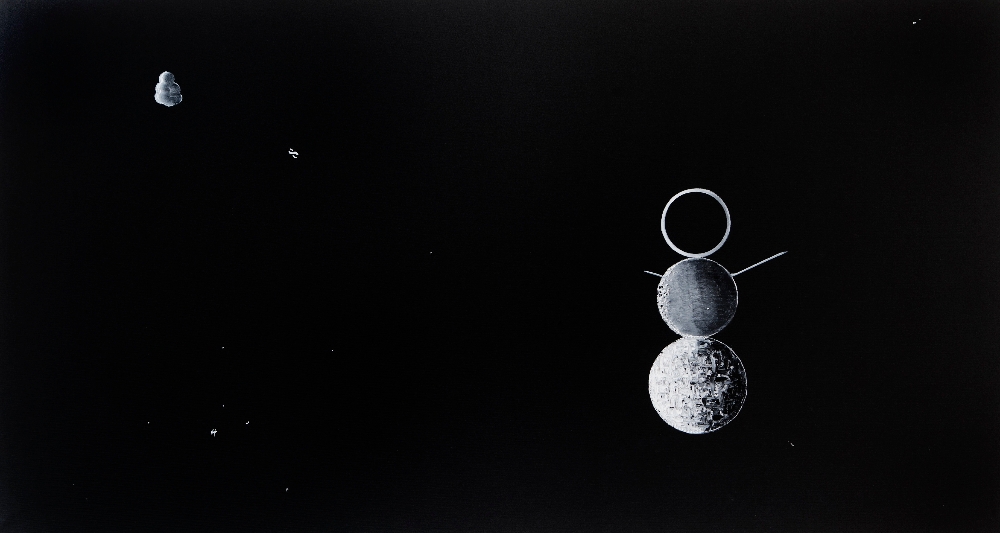
8, oil, acrylic on canvas, 105×195, 2013
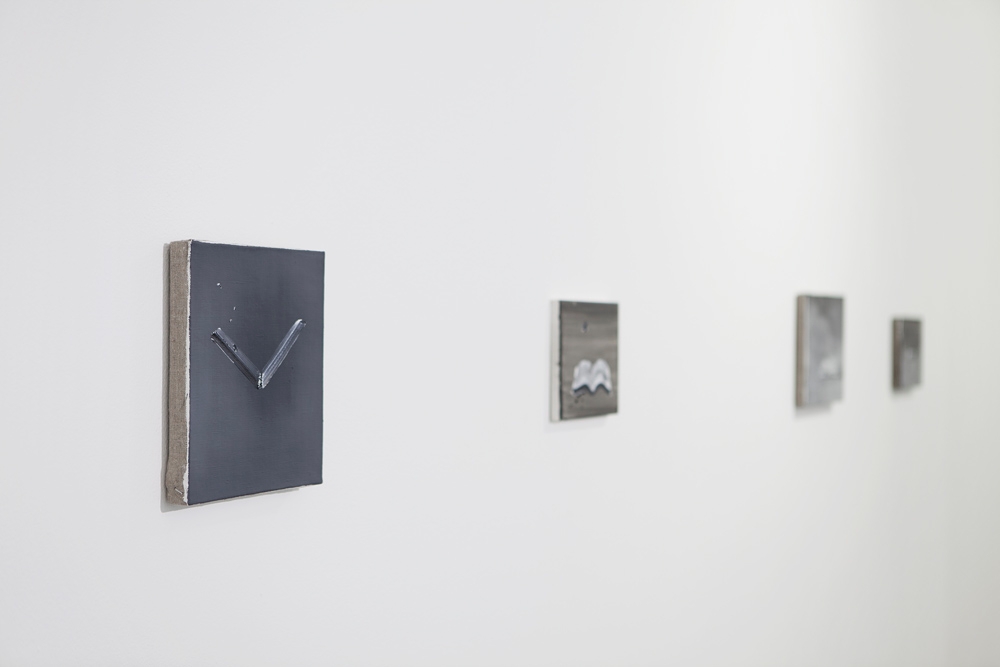
Words, exhibition view
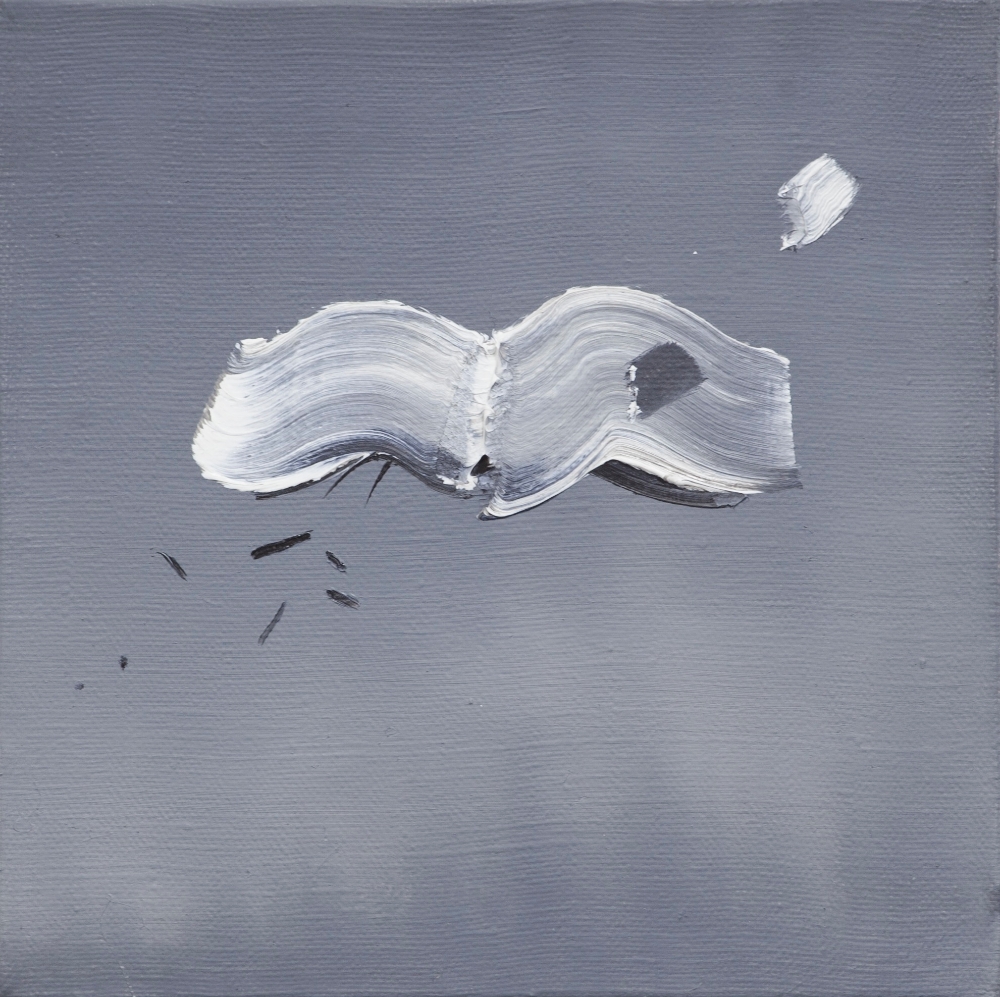
*, oil, acrylic on canvas, 2012
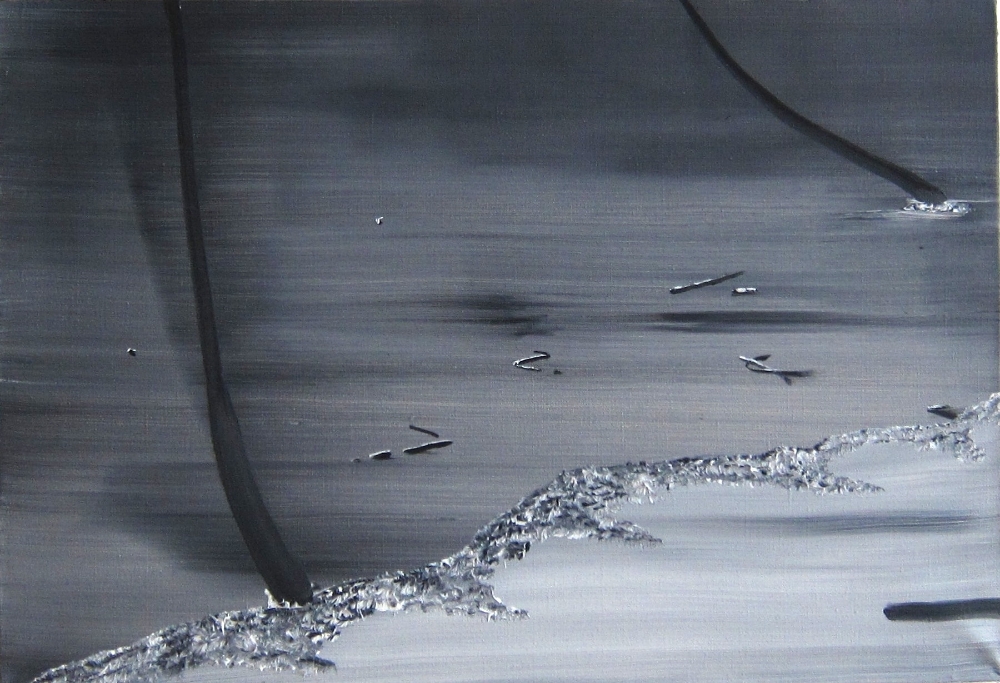
Add and erase, 2012, oil on canvas, 38×55

Words, exhibition view

Words, photography, 14×21, 2012
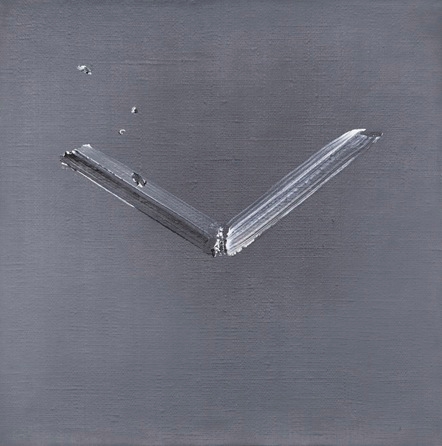
V, oil on canvas, 25×25, 2012
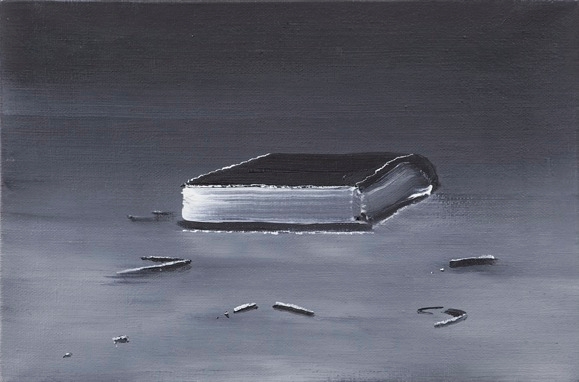
Words, oil, acrylic on canvas, 20×30, 2012

Tastatur, oil on canvas, 120×50, 2012
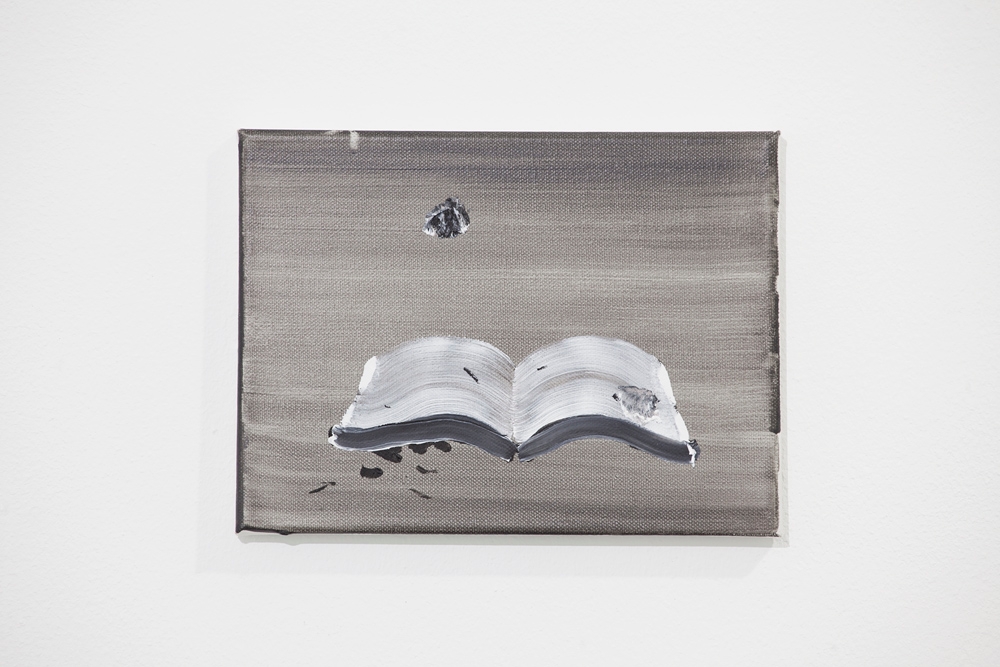
‘, oil on canvas, 18×24, 2011
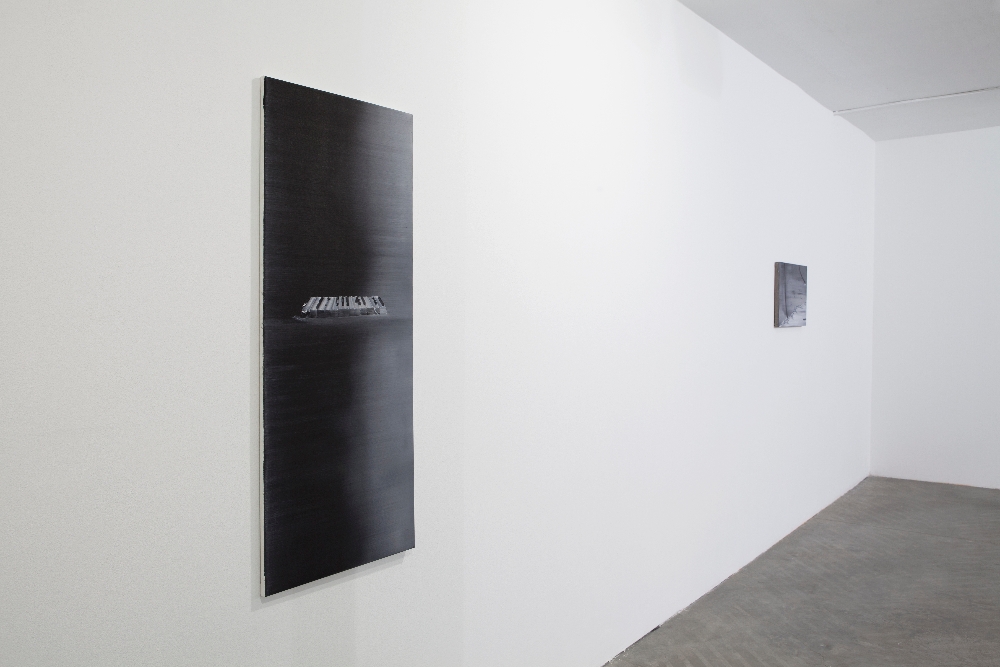
Words, exhibition view
Photographs by Reinis Hofmanis










